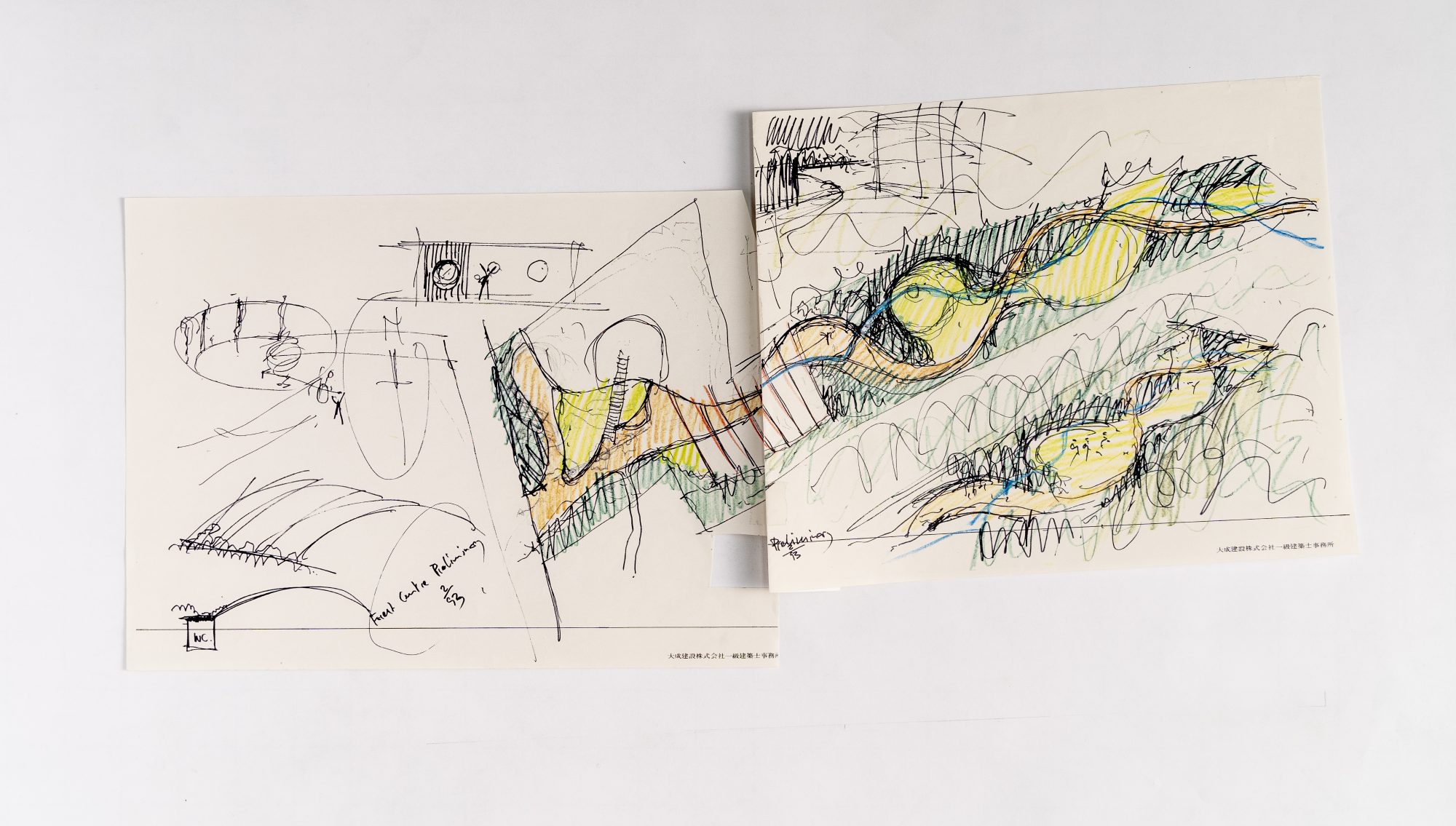“Drawing is like breathing” says the fashion designer Karl Lagerfeld, an avid life-long sketcher. Hand drawing is the original designer’s language to communicate. This blog highlights the significance of hand drawing as an intellectual tool that expresses the immediate signature of an idea. Its purpose is not to reject the use of digital media, but to emphasize hand-drawing as a critical tool in the initial stages of design development.
Even in the current ‘post orthographic’ phase where computers render our ideas instantly, hand drawing still has a role to play. This is particularly important in the pedagogy of design where students can see ideas evolve fast, stroke by stroke. There are various options for hand drawing, whether on paper or tablet, however hand drawing on trace offers opportunity to go off-screen and make physical connection between your hand and an idea. In the initial ideation phase, fast-drawn hand sketches encourage openness to broad ideas.
The physicality of hand to paper offers unique opportunity for immediate expression. The physical gesture of brain, to pen, to paper offers the immediate extension of an idea as well as direct sensory observation of our environment. The action of hand drawing creates a bond with the paper where it becomes an extension of the brain, and it teaches the brain to develop ideas. As Juhani Pallassmaa states in The Thinking Hand, “The pencil in the architect’s hand is a bridge between the imagining mind and the image that appears on the sheet of paper. The hand…operates directly in the flesh of the world, the reality of space, matter and time, the very physical condition of the imagined object, or space.”[1]
Although drawing is an efficient design tool, it does not come without practice. All sketching needs constant practice with different types of pen and paper. Each paper surface is different and pens will glide differently over it. The resistance between pen and paper surface has an impact on drawing flow and the outgoing created line. Is drawing the line smooth or rough in nature? This can only be understood through rigorous sketching practice on different paper surfaces. The computer screen and tablet offers only one homogenous drawing surface, and two ‘drawing tools’ (the computer mouse and the stylus).
Off Screen Studio is a blog intended to serve as a source of inspiration and pedagogical tool. It encourages one to make mistakes and keep drawing. Furthermore, it validates the raw expression of an idea through simple tools that maintain a healthy relationship with our sensory environment. Each drawn line is an individual signature full of potential.
This blogs archive is divided into three categories:
- Design Process:these are hand drawings on paper documenting the idea finding process between brain and hand of the author
- Digital Drawings:are landscape typologies created from the authors memory drawn on a tablet
- Landscape Art:these are landscape impressions on paper
[1]Pallasmaa, Juhani. “Embodied and Existential Wisdom in Architecture: The Thinking Hand.” Body & Society23, no. 1 (2017): 96–111. https://doi.org/10.1177/1357034X16681443.
